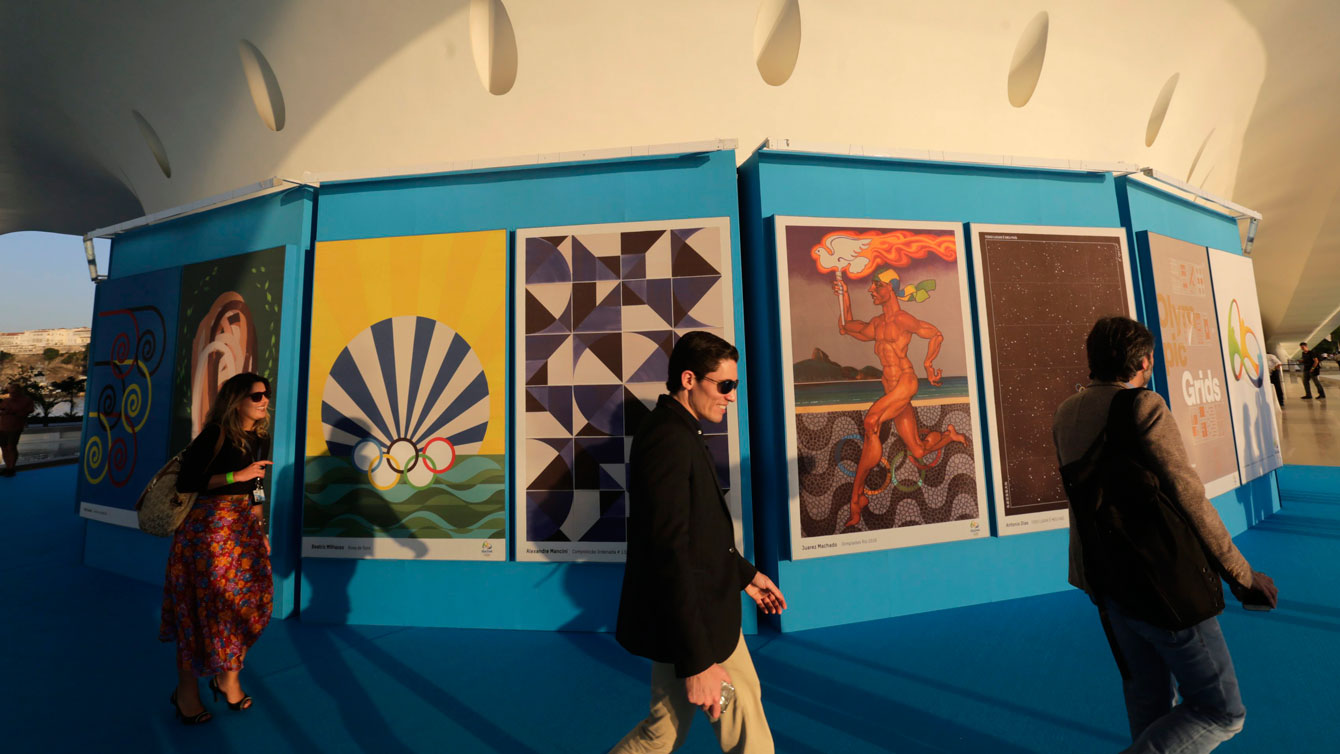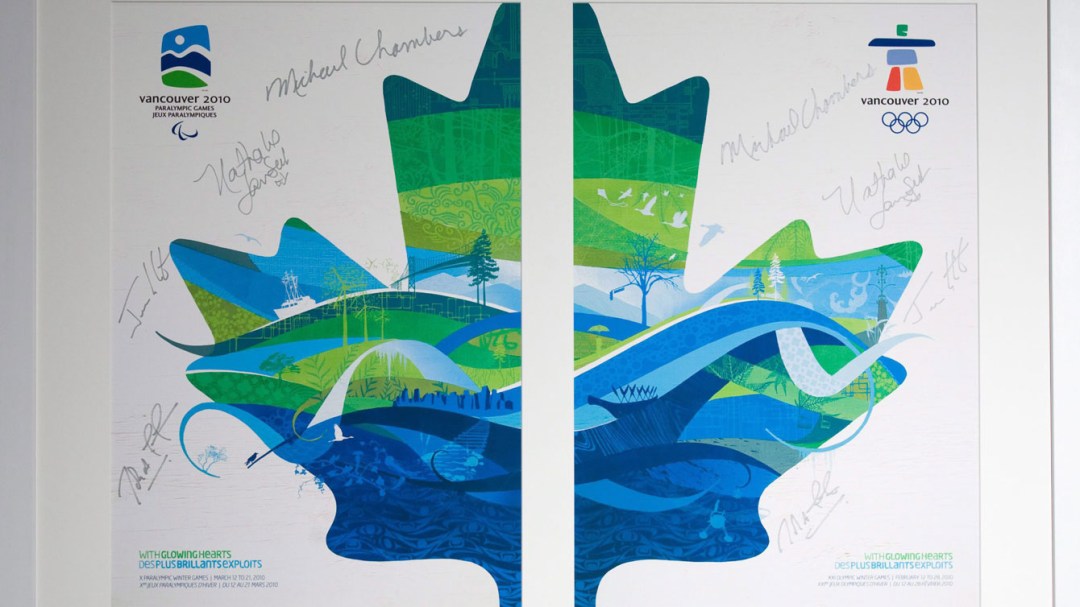Olympic poster tradition continues at Rio 2016
Olympic posters have been a tradition since Stockholm 1912 and, since Chamonix 1924, have been produced for every edition of the Games.
Usually selected by the Olympic Organizing Committee, posters are an important part of the Games’ identity. They may feature the Olympic torch, mascots, specific sports, the host city’s tourist points or the Olympic venues.
Produced for over 100 years now, the artwork helps keep the memories of the Olympic Games alive and narrate important facts about its history.
At Antwerp 1920, the official poster came from the cover of a brochure created to promote the city as a host six years prior to the Games. It was used during the sixth Olympic Congress in Paris, in 1914, where the candidacies of Amsterdam, Antwerp, Budapest and Rome were discussed.
Another interesting poster-related fact occurred at Helsinki 1952. The Finland city was selected to host the 1940 Olympic Games, but it was suspended following the outbreak of World War II. The Olympics did not resume until London 1948.
In 1952, Helsinki finally had the opportunity to hold the Games and the official poster that had been chosen for the cancelled 1940 Olympic Games was revived.
Rio 2016

Rio 2016 posters will be on exhibition at Rio’s Museum of Tomorrow until July 22.
Rio 2016 posters have been produced by 12 Brazilian artists – Alexandre Mancini, Antônio Dias, Beatriz Milhazes, Claudio Tozzi, Ana Clara Schindler, Gringo Cardia, Gustavo Greco, Gustavo Piqueira, Guto Lacaz, Juarez Machado, Kobra and Rico Lins – along with Colombian Olga Amaral.
The posters were selected by the Rio 2016 Organizing Committee from suggestions of important Brazilian museums and art institutions.
Rio 2016 posters will be on exhibition at Rio’s Museum of Tomorrow until July 22. They will then be moved to Deodoro Olympic Park.








